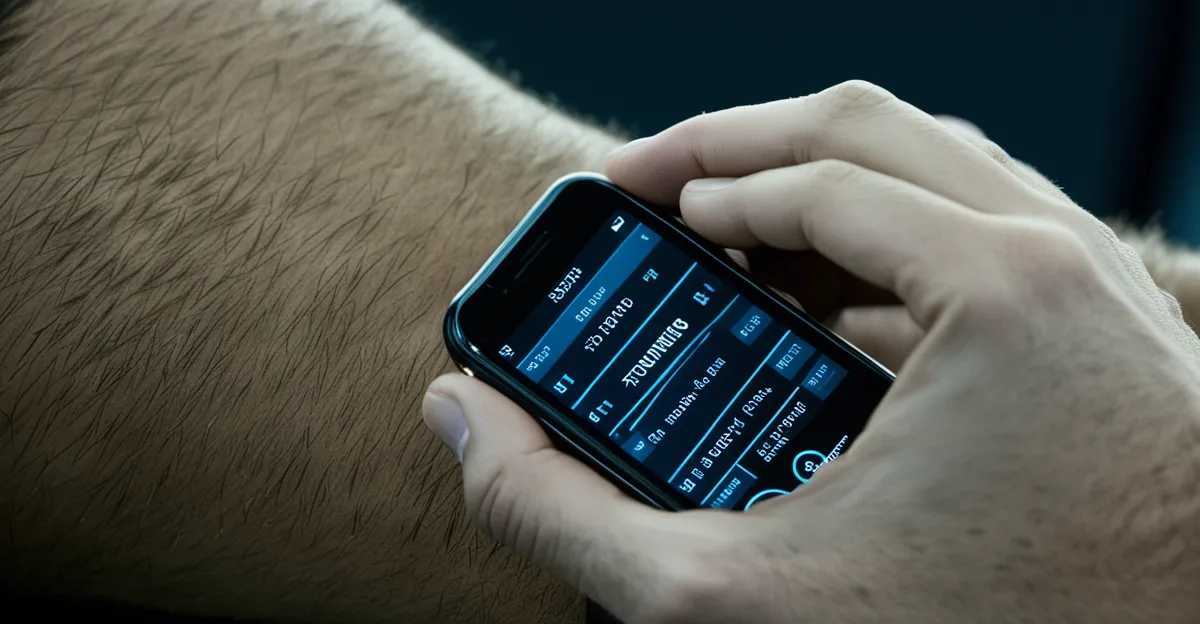Technological Advancements Shaping UK Sports Training
The integration of technology in sports has revolutionised how athletes prepare and perform in the UK. Key innovations such as wearables, data analytics, and virtual reality (VR) are at the forefront of this transformation. Wearable technology enables continuous monitoring of physiological metrics, providing real-time data that coaches and athletes rely on to fine-tune training regimes. This sports training innovation ensures workouts are tailored to individual needs, enhancing effectiveness and reducing injury risks.
Data analytics plays a crucial role by processing vast amounts of information collected through wearables and other sensors. It offers insights into performance trends, fatigue levels, and skill development, allowing teams to adapt strategies dynamically. The adoption of VR and augmented reality (AR) further enriches training by simulating game scenarios in immersive environments, sharpening decision-making abilities without physical strain.
Also read : What Are the Essential Rules Every UK Sports Fan Should Know?
Embracing these technological tools is vital in modern training environments. They not only optimise athletic potential but also push the boundaries of how sports are understood and taught. UK sports advancements exemplify this blend of innovation and tradition, positioning teams and athletes to achieve peak performance through smarter, science-backed preparation.
Wearable Technology and Data Analytics in Athlete Performance
Wearable technology in UK sports includes devices like GPS trackers, heart rate monitors, and motion sensors, which provide detailed performance tracking. These tools gather crucial data points such as speed, distance, and physiological responses in real time. Precise data collection allows athletes and coaches to identify strengths and weaknesses during training sessions.
Additional reading : What are the strategies for mental health support in UK sports?
How does data analytics enhance athlete performance? By analysing wearable data, coaches can create customised training programmes targeting specific areas for improvement. For example, if a sprinter’s acceleration phase shows inconsistency, tailored drills can address this. Data analytics also supports team sports by revealing collective performance patterns, helping strategies adapt dynamically during matches.
The integration of wearables and data analytics leads to more informed decision-making. Athletes receive feedback that fosters continuous progress, while teams optimise tactics based on objective evidence. This synergy exemplifies sports training innovation, making the training process more efficient and less prone to injury by monitoring fatigue and biomechanical strain.
In summary, wearable technology and data analytics are pivotal in the ongoing evolution of UK sports training. They transform subjective observations into actionable insights, empowering athletes to achieve peak performance with scientific precision.
Virtual and Augmented Reality for Skills Development
Virtual reality (VR) and augmented reality (AR) serve as groundbreaking tools in skills training by offering immersive environments that replicate real sports situations with exceptional detail. UK sports teams deploy these technologies to simulate game scenarios, allowing athletes to practice decision-making without the physical wear of traditional drills. How does VR enhance skill acquisition? It immerses players in controlled, repeatable settings, enabling focused improvement on cognitive and tactical aspects.
In practice, VR challenges athletes with lifelike scenarios such as opposing team formations or fast-paced plays, strengthening reaction times and strategic thinking. AR supplements training by overlaying data or virtual opponents in real-world practice, bridging the gap between simulation and actual play. Evidence from UK sports advancements shows these immersive sports tech tools foster faster learning curves and heightened situational awareness.
Widespread adoption of VR and AR in UK sports training exemplifies how technological tools complement physical conditioning. As skills development increasingly relies on these innovations, athletes benefit from refined techniques and mental readiness, reinforcing the vital role of immersive sports tech in modern training environments. This marks a significant step in sports training innovation’s evolution.
Technology-Driven Injury Prevention and Athlete Recovery
Advanced health monitoring technologies are instrumental in injury prevention and expediting athlete recovery within UK sports. Devices such as biomechanical sensors and wearable monitors continuously assess muscle load, joint stress, and movement patterns. How does this help prevent injuries? Early detection of abnormal strain or fatigue enables timely intervention before issues escalate. For example, if a runner’s gait reveals imbalances, customised adjustments to training or technique can be implemented to mitigate injury risk.
Recovery technology supports personalised rehabilitation through tools like cryotherapy chambers, electrical muscle stimulation, and data-driven physiotherapy protocols. These innovations tailor recovery programs based on precise biometric feedback. Athletes can track healing progress objectively, ensuring optimal return-to-play timing without compromising long-term health.
Moreover, integration of these technologies into regular training routines exemplifies current sports training innovation by blending prevention, treatment, and performance optimisation. UK sports teams increasingly adopt such strategies, recognising that enhanced injury prevention and recovery protocols extend athlete careers and maintain peak capabilities. This holistic tech-enabled approach reflects the cutting-edge of technology in sports, underscoring its crucial role in athlete wellbeing and sustained performance advancement.
Practical Applications and Success Stories in UK Sports
Examining UK sports teams reveals concrete benefits from the strategic tech implementation in training. For example, elite football clubs integrate wearable technology and data analytics to optimise player fitness and tactical planning. Detailed tracking enables injury risk reduction and personalised training loads, enhancing season-long performance.
Case studies demonstrate measurable improvements: a rugby team reported quicker recovery times and reduced soft tissue injuries due to advanced health monitoring devices. Furthermore, VR usage by hockey players improved situational awareness and decision-making speed during matches, showcasing immersive training’s tangible impact.
These examples underline how UK sports advancements translate into practical gains. Coaches rely on precise data-driven feedback, and athletes experience tailored programs enhancing both individual skills and team dynamics. The collaboration between sports scientists and technology providers pushes continuous innovation, helping UK teams stay competitive on global stages.
Such success stories illustrate the value of embracing sports training innovation. They confirm that integrating technology goes beyond theoretical benefits—delivering enhanced performance, improved wellbeing, and strategic advantages essential for modern athletic excellence.
Expert Perspectives and Future Directions in Sports Training Technology
Experts across UK sports increasingly emphasise the pivotal role of technology in sports for shaping the future of athlete development. Coaches and sports scientists agree that ongoing sports training innovation drives performance gains by integrating advanced tools into daily regimes. For instance, leading professionals highlight how continuous improvements in wearable technology, data analytics, and immersive systems redefine training precision and adaptability.
What do experts foresee for the future of sports training? They predict enhanced AI-driven data interpretation will provide even deeper insights into player conditions and tactical optimisation. Additionally, emerging technologies like machine learning and real-time biomechanical feedback are expected to personalise training further, advancing injury prevention and performance simultaneously.
Moreover, technology developers stress the importance of seamless integration between hardware and software, ensuring athlete-friendly interfaces that support both elite and grassroots levels. This reflects a broader commitment within UK sports advancements to combine innovation with accessibility.
In sum, expert opinions consistently note that embracing evolving technology trends is essential to sustain competitive edges and optimise athlete longevity. As training methodologies evolve, technology-driven approaches will remain central to unlocking human potential in UK sports.











